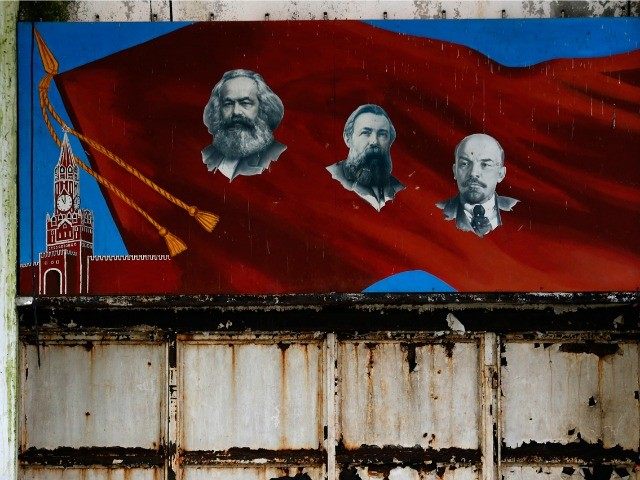Perm-36, the only Russian museum preserving the history of the Soviet gulag system, is closing due to pressure from authorities. At the same time, a militia leader announced the plans of a museum in St. Petersburg to celebrate the Russian militias who fight in Ukraine.
Authorities have taken over the Perm-36 museum and confiscated any references to Josef Stalin.
Russian President Vladimir Putin, an ex-KGB agent, once said the fall of the Soviet Union was “the greatest geopolitical disaster of the 20th century. He has worked to reestablish old Soviet programs and laws. Now over 52% of the public has a positive view of Stalin, the former Soviet dictator and mass murderer.
“The memorial won’t disappear, but the museum has been taken over by other people appointed by the new authorities, who have totally changed the content,” said director Viktor Shmyrov. “Now it’s a museum about the camp system, but not about political prisoners. They don’t talk about the repressions or about Stalin.”
Perm-36, based in Perm near the village of Kuchino, was built two decades ago. But as Putin has worked to change the minds of Russians, the pressure mounted to erase reminders of Russia’s bloody history. In June, the state cut the museum’s funding and shut off its water and electricity. Local authorities fired the director and stopped tours. Robert Latypov, regional chairman of the Memorial rights organization, started a petition to save the museum. The Communist Party started their own petition, which accused “the museum of ‘propagandizing fascism.’” This petition received thousands fewer signatures than the Memorial one, but received more attention because a lawmaker also “accused the museum of working to undermine the Russian state.” Russian authorities recently investigated the museum when “a member of the public complained the camp vindicated Ukrainian and Lithuanian nationalists who were imprisoned there for fighting against the Soviet Union.”
Militia leaders recently announced the opening Novorossiya (New Russia) museum in St. Petersburg. It is expected that the museum will open on May 9, which is known as Victory Day. The museum is “devoted to celebrating the exploits of the pro-Russian separatist battalions in eastern Ukraine.” German Vladimirov told Rosbalt he developed the idea since his brother is in the militia fighting against the Ukrainian army.
“In the DNI and LC [pro-Russian militias], there are a lot of interesting personalities, many of whom died tragically,” he said. “I would like to tell you more about them. In general, this museum is not about the war and about the world that the war – it’s bad. Our goal is to convey to our generation what a fratricidal war, what could be the consequences. We want to put his [the fighter] own contribution to the formation of the younger generation. This is a patriotic museum, because it affects the interests of the people. The lion’s share of volunteers who are fighting in the Ukraine, coming back to his heart, to protect people from the Ukrainian army, who shot kids. In this museum we will tell about the destroyer battalions ‘Azov’ and so on.”
Boris Vishnevsky, the deputy of the St. Petersburg Legislative Assembly, said “the creation of a museum of the defunct Novorossia just tosses firewood in this war.”
“This harms Russia and Ukraine,” he explained. “To stop the fratricidal war, it is necessary to stop the supply of Russian weapons and people to Ukraine.”
“Novorossiya” is a term used for an area of the Russian Empire annexed from the Ottoman Empire under Catherine the Great. It was established north of the Black Sea inside Ukraine. It also included Donetsk, which is the main fighting area between the Ukrainian army and separatists. The name gained popularity when Putin used it in April 2014, a month after Moscow annexed Crimea and the pro-Russian separatists started to use the name to describe the areas.
“I would like to remind you that what was called Novorossiya back in the tsarist days – Kharkov, Lugansk, Donetsk, Kherson, Nikolayev and Odessa – were not part of Ukraine back then,” he said. “The center of that territory was Novorossiysk, so the region is called Novorossiya. Russia lost these territories for various reasons, but the people remained.”

COMMENTS
Please let us know if you're having issues with commenting.